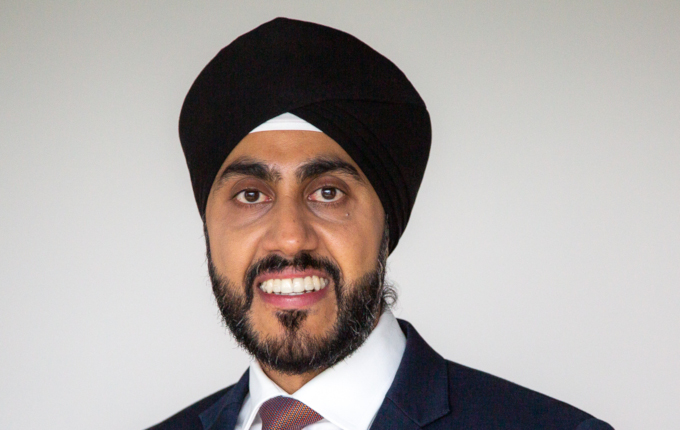In the current volatile environment, institutional investors might want to be more hands on in their asset allocation. We talk to CFS’s Jujhar Toki about the dynamic asset allocation process he developed while at CommInsure and his current focus on strategic asset allocation at CFS.
Register to Access this Exclusive [i3] Insights Article
Create a free account to access exclusive interviews with asset owners, revealing insights on investment strategies, market trends, and portfolio allocations.
If you already have an account you can Login .
If you have any issues registering an account please send us an email at [email protected].

